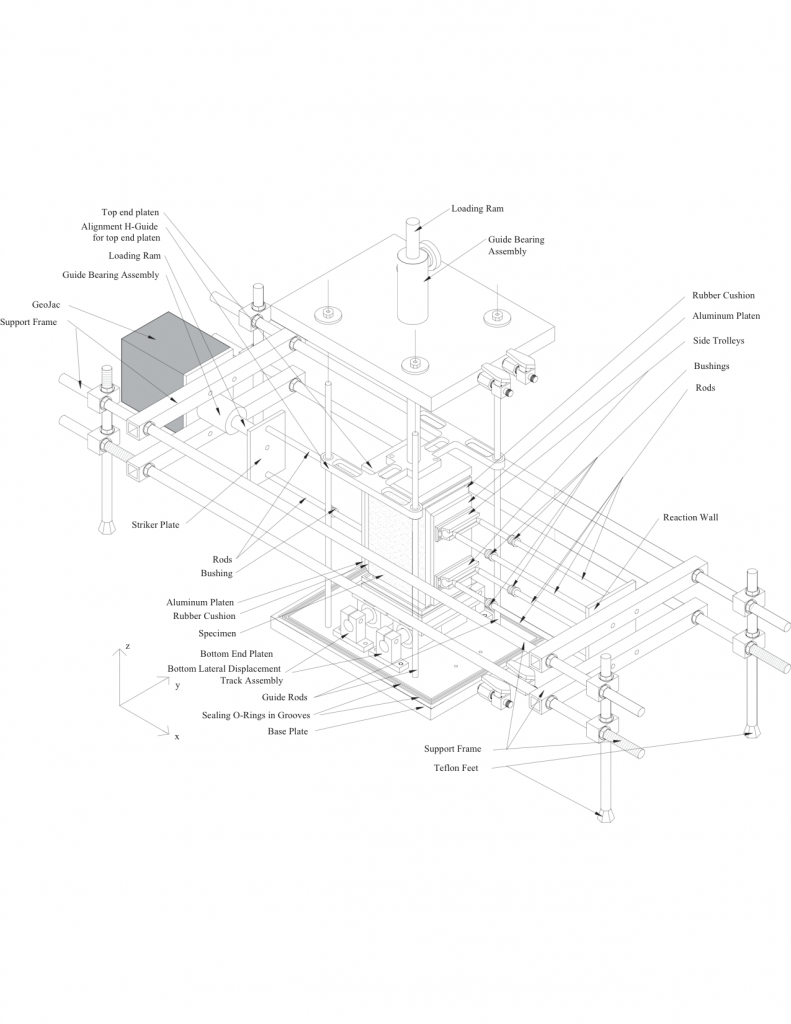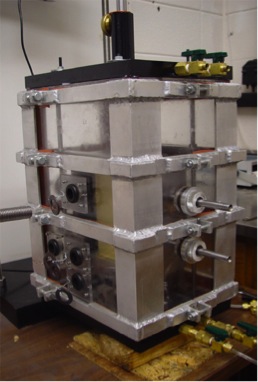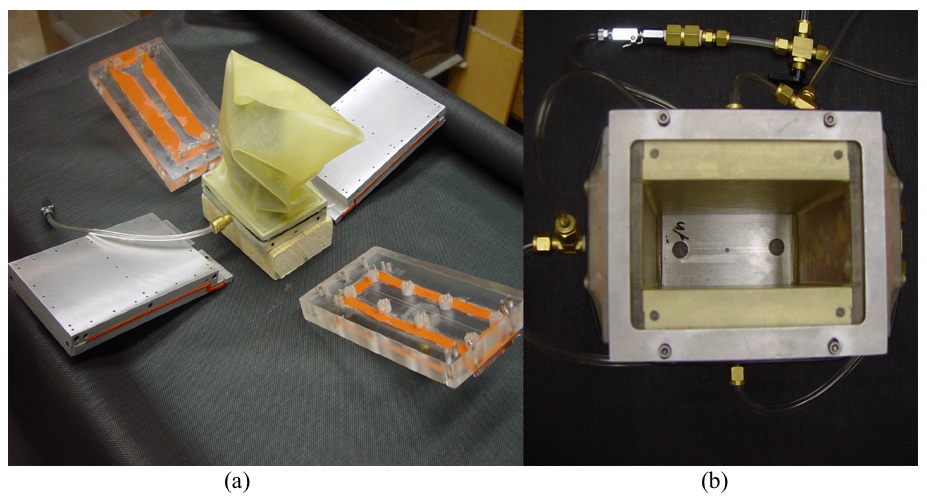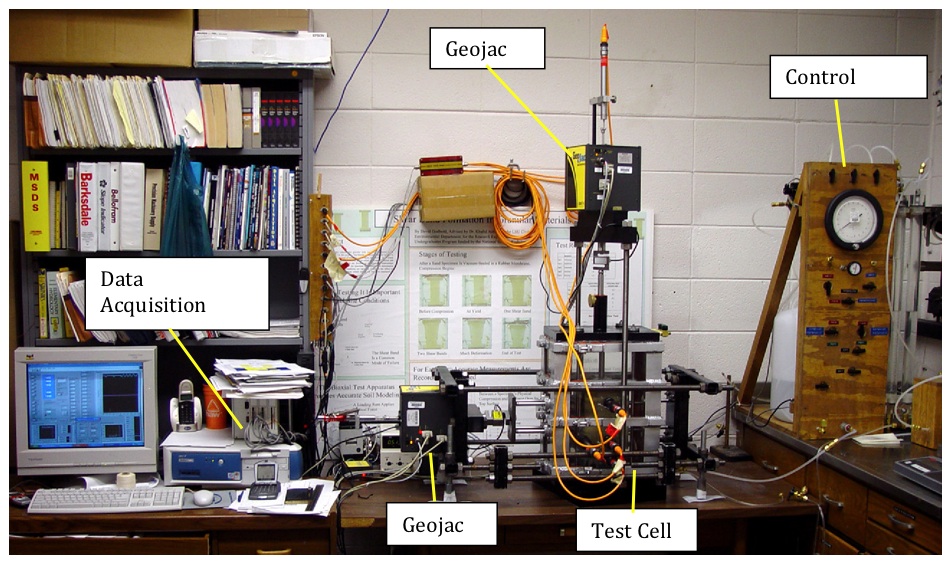






True Triaxial Apparatus with Mixed Boundary Conditions:







Related References:
- Alshibli, K. A. and Williams, H. S. (2005) “A True Triaxial Apparatus for Soil Testing with Mixed Boundary Conditions”, ASTM Geotechnical Testing Journal, Vol. 28, No. 6, pp. 534-543, DOI: http://dx.doi.org/10.1520/GTJ12679
- Alshibli, K. A., Godbold, D. L., and Hoffman, K. (2004) “The Louisiana Plane Strain Apparatus for Soil Testing”, ASTM, Geotechnical Testing Journal, Vol. 27, No. 4, pp. 337-346, DOI: http://dx.doi.org/10.1520/GTJ19103